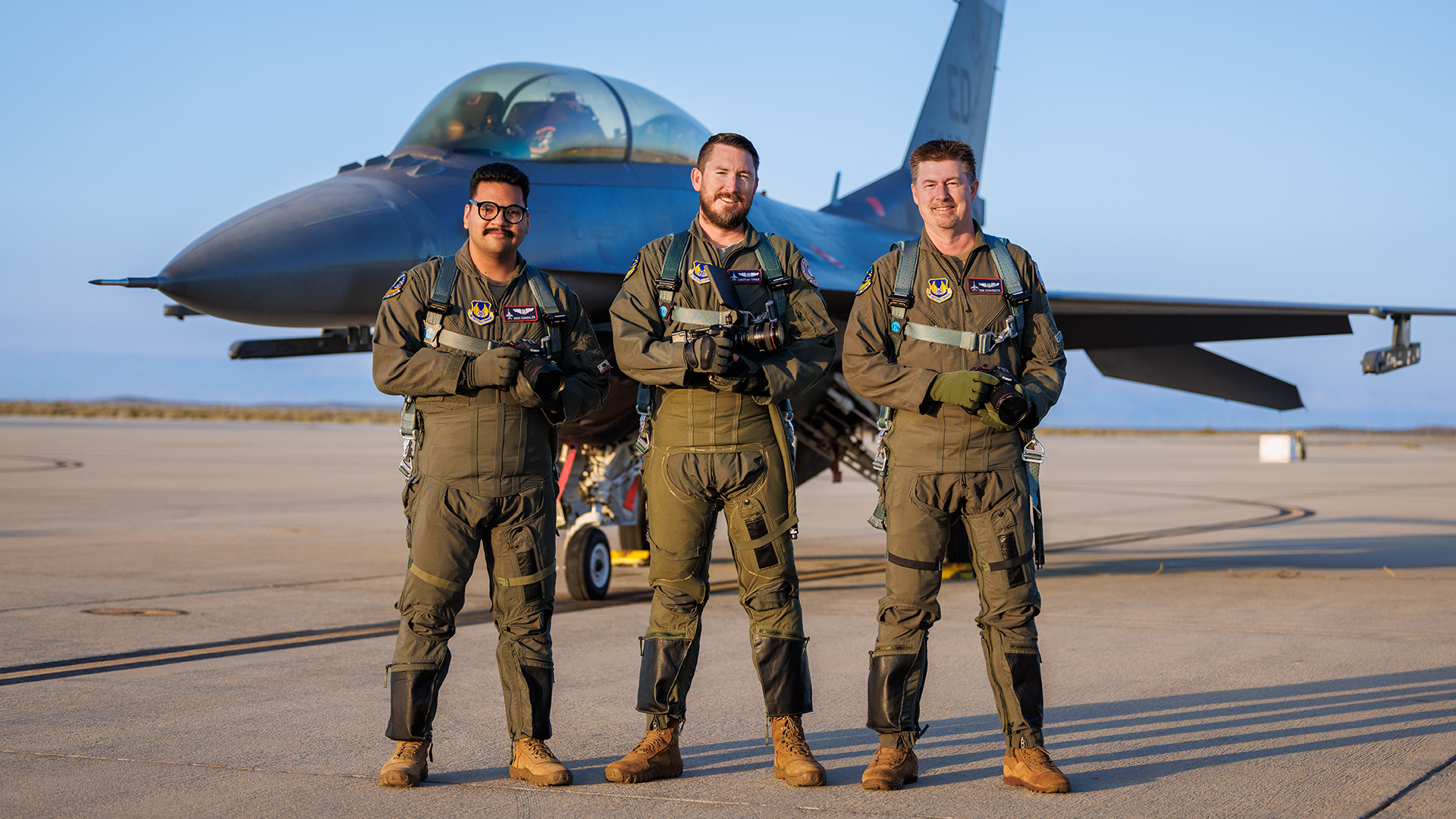Edwards Air Force Base is a place absolutely oozing in aviation history. It’s where aerospace breakthroughs big and small are made on a regular basis and its mission is rapidly accelerating due to the many aerial weapon systems that are being rushed into operation in a new era of great power competition. One critical component of this testing, as well as sharing the installation’s story with the masses, is photography and videography. From the burgeoning test program of America’s most advanced aerial weapon, the B-21 Raider, to bringing a much-needed new jet trainer, the T-7 Redhawk, to the USAF’s pilot pipeline and everything in between, Edwards AFB’s small flight test and public affairs photography team is there to capture it.

Who are these people with what many photographers and aviation aficionados would call a dream job and how did they fall into such a unique role? How do they capture some of the most stunning images and videos in the world of aviation? What are the challenges of their special mission and what gear do they use to accomplish it? These are the questions we set out to answer and the hard-working team over at the 412th Test Wing’s Public Affairs shop stepped in to answer them.
The following, which features Christian Turner, Richard Gonzales, and Todd Schannuth, all members of the team that documents the activities at Edwards, sat down for an in-depth interview with TWZ to shed light on this often underappreciated but fascinating element of the Air Force’s sprawling testing apparatus.
Here is that interview in full:
TWZ: What does flight test photography do, and what critical role does it play in the development of new aerospace capabilities for the Air Force and its allies?
CT: So there’s a lot that goes into aerial photography. Our primary purpose of being here is to record and document flight tests for engineering purposes. The secondary role would be for the Air Force to utilize [the photography] for recruiting and public affairs type relations… to make sure that they [the public] understand what taxpayer money’s going towards.
TWZ: There’s a long history of aerial photography that’s rooted in the colorful past of Edwards. A lot of the things that we know historically that have happened in aviation happened there and were captured by flight test photographers, right? So, how does that legacy play into what you guys do today? There is kind of a tradition that you are following, and what does that mean to you individually?
TS: Well, I’ll take that one. Because I work with the history office as closely as I do, and I’m probably the person who works with them the most, it kind of hits me. I like this question. I mean, we’re standing as we are in the digital age, on the shoulders of all those folks who came and did it before us with huge film equipment, they came up with the solutions that they did, and we’ve used all of that and brought it forward into the digital age. And we discuss this stuff all the time — how we can solve things the way that the people did before us, looking at their images and the things that they did to push us forward in terms of our creative solutions to whatever engineering needs.
TWZ: When you come on board, is there a ‘greatest hits’ file? One they show you and are like, “Hey, this is some of the stuff to keep in mind when you’re up there trying to do your job.”
RG: Yeah, absolutely. I’ve been doing aerial photography for about a year and a half, coming on two years here. I originally joined the team as a ground photographer, taking photos on the ground, doing mission support and base morale stuff. And certainly, as soon as I got here to the Edwards shop, Christian Turner actually showed me kind of like a highlights reel of all the things the aerial photographers had done, all the cool photos and all the great material that they had collected over the years. And yeah, absolutely, that was one of the big marketing things for me to get into it. I was like, “Oh man, like this is possible?” And they do this here. They get this awesome material. So yeah, absolutely, that’s one of the biggest marketing things for a job like this.
TWZ: Yeah. Quite the recruiting tool, right? How did each one of you end up doing this? Especially in the world of photography, it’s such a unique niche and at the top of the game. How did you end up here?
CT: I mean, everybody has a little bit of a different story. I’ll start on that. So the first hurdle is obviously knowing that the job exists. And like you said, not a lot of people even know that this job exists out there. So I was lucky enough to have found out about the job through a friend of a friend kind of thing. I had just enough knowledge in photo and video experience with a couple of classes that I just took in college as I was trying to figure out what I wanted to do. And then I was installing alarms before that as my full-time job. So I was running wires, low voltage type wires. And so that helped with the high-speed aspect of what we do, because that’s a very niche field… I don’t know that anyone outside of here, or that we’ve hired, has come in with high-speed video experience. It’s something that you get inside of here. But knowing how to network cameras together, and how the signal flows in order to trigger all cameras at the same time and make sure that the rig is working properly [are]… all fundamentals of low-voltage wiring. So I had that basis.
And I got lucky because they were looking for somebody with a good personality who can fit this demanding field. And the key to success around here is flexibility, right? I mean, they always say flexibility is the key to air power. And that translates into our role as aerial photographers as well, because everything’s always changing and each job is slightly different and has different dynamics. And so we have to figure out how to adapt in each situation. And now… looking back, I’ve been here for over 13 years and I have over 800 flight hours in various aircraft. And I don’t keep an up-to-date file anymore that I had to just add some time to three years ago when I last updated my flight log. But it’s well over 800 hours I’m sure now.
RG: I’ve been at Edwards for the last four and a half years. The last year and a half, I’ve been flying, and before that I was doing ground photography. But even before I ended up in this aviation field, I was doing a lot of weddings and commercial photography. Similar story to Christian about knowing people who had worked here who were like, “Hey, you should come work down over here.” And it’s kind of led to where I am now… a full-time aerial photographer.
TS: So for me, I’m gonna echo Christian in that for a big part of my life, I didn’t know that such a job existed. Why it should be a secret, I don’t know. Maybe it was just a secret to me. But I found out about it by looking through aviation magazines and developing a curiosity about who are these people taking these pictures. And I would see the same names over and over in different publications. Eventually, I made contact with one and that person told me about this job category specifically at Edwards. I started pursuing it and it took years of persistence, but finally got hired.
I think another thing you’re gonna see, even with me and everybody else, is that everybody seems to bring something unique to the table. Christian brought cabling and so forth, which nobody else really has. Rich has an incredible eye for composition and editing. And I’ve got a background in Hollywood where I learned film-to-tape transfer and making film look at its best. So I’ve been paired up with the history office a lot because of that.
But I guess if there’s a thing going on, it’s finding out that this thing exists in the first place, and then bringing something, figuring out what it is unique that you can bring, and making that your unique selling proposition to get into the job. And that’s how we’ve all come to it.
Christian Turner’s picks of his top three photos:
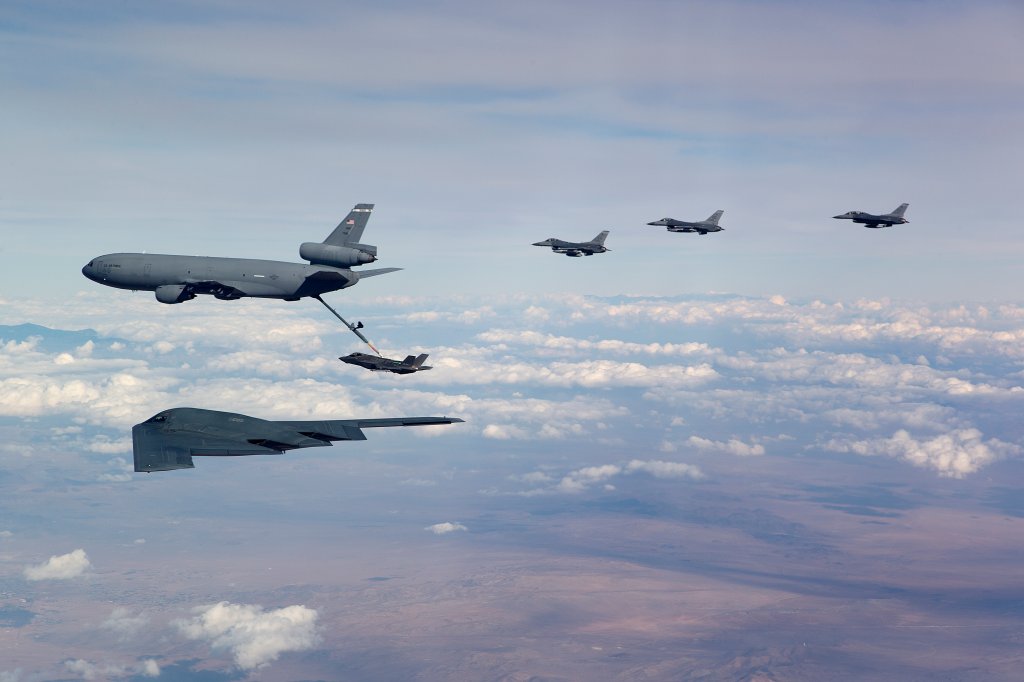
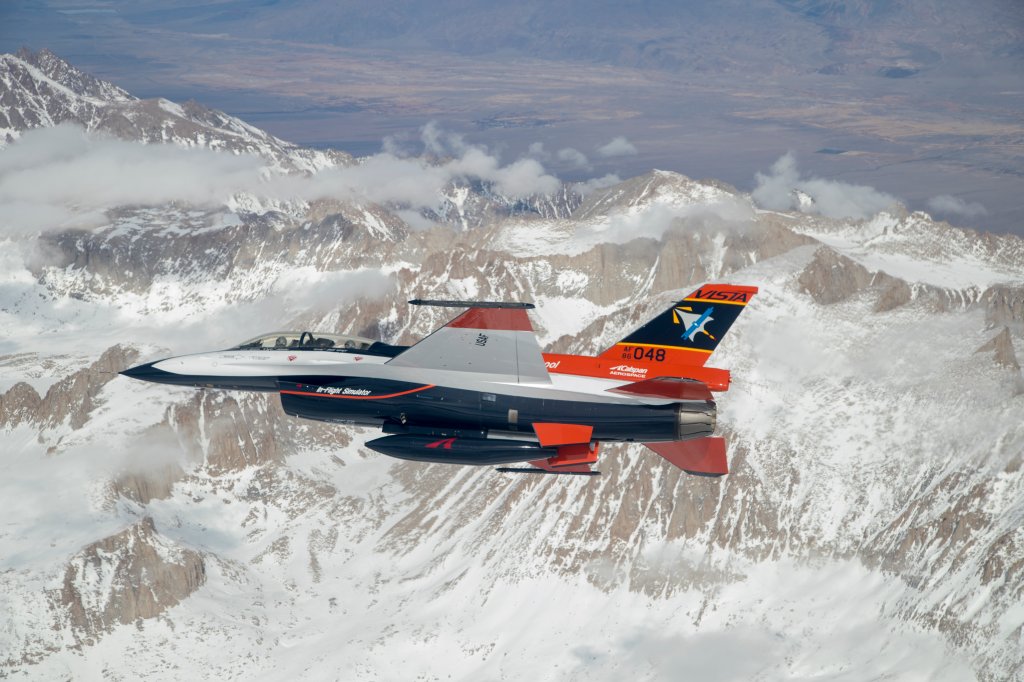
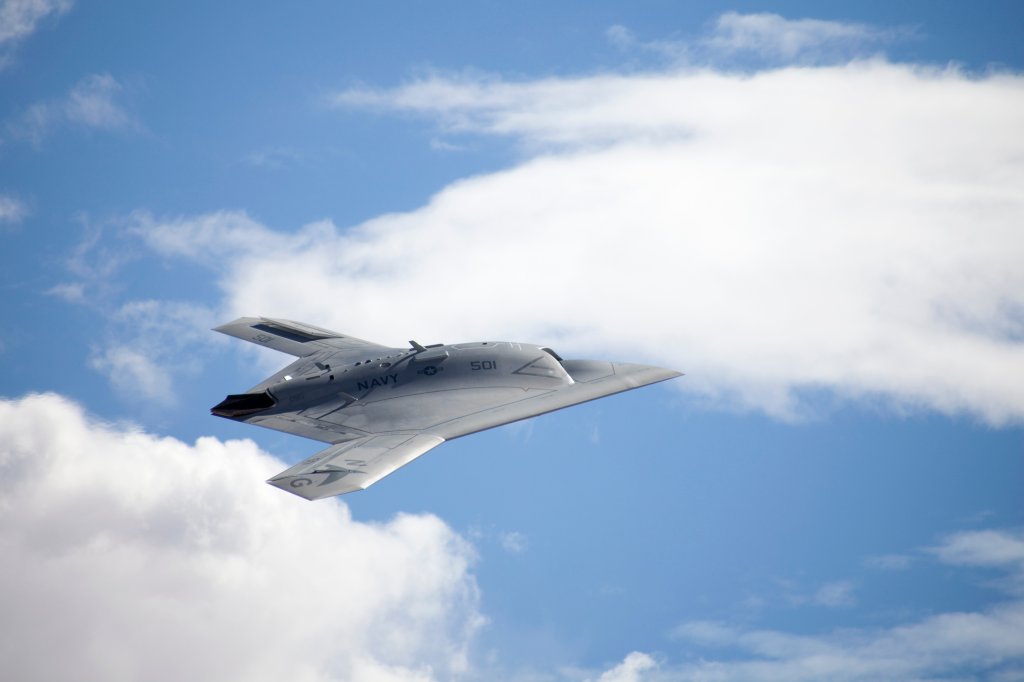
TWZ: What type of training goes on in this very unique job? What do you have to gain in knowledge once you’re in the system to really get good at it?
TS: Everybody wants to answer those questions. Christian, you wanna go for it?
CT: We are a full non-rated aircrew, just like an engineer that flies in the back or any other “MA” is what they call it. It’s an industry term. But we go through a lot of the same training that the pilots go through for survival, centrifuge, altitude chamber, water survival, wilderness survival, aircrew flight equipment, and egress training on each specific aircraft that we fly and anything else. The list goes on, right? And then we also have weekly testing that we have to do in order to ensure that we understand how each system operates.
By the time you start the aerial photo training process to the time you actually get in a jet, it’s at least three to six months. And a lot of that time, you’re studying the aircraft, you’re studying how certain systems work. Now we don’t have to know the backup systems and how the fuel is transferred and how all that works. There are certain things that we don’t need to know, because we’re not physically operating the aircraft like the pilot does. We don’t take off or land the airplane. We’re just there to help out if we can. We need to know how to back up the pilot and the checklist. We’re there as an aircrew member would be, in order to ensure that everybody’s safe when we’re out there doing our mission.
TS: You can see how all this plays into our overarching theme of preparation. Just getting prepared to be in the aircraft and take those photos. Before the photo skills come in at all, there’s a tremendous amount of academic and physiological training and testing to go through. And I’ll let Rich talk about the centrifuge, but like Christian said, it’s one thing after another academically. We’re going to be learning aircraft systems. We’re gonna be learning a lot of communication, especially within the same cockpit. We’re going to be learning all kinds of safety considerations and preparations for emergencies that hopefully aren’t coming. There’s just months and months of getting ready to go do the job.
And with that, I will say that we have all enjoyed it across the board. Some of the Air Force training that we go through is the most interesting, exciting stuff that you can do without flying. Water survival is tremendous. But yes, I think your readers are gonna perhaps be most interested in the centrifuge experience and I’m gonna leave that for Rich.
RG: Yeah, I’ll just hammer home what Christian and Todd just said and add a little bit more to it. In my head, it’s an insane privilege to be able to go through these trainings, to be able to do what we do. Especially like Todd said, the centrifuge training is an incredible and painful experience that I’d never thought I’d be able to do in my entire life. But I did it and I got qualified in the F16 as a non-rated aircrew member.
One of the things I wanted to hammer home as well is not only do you have all this training on the Air Force side, but then you were saying about getting the shots that cannot be repeated, right? Then comes along the mastery of your skillset as a professional photographer, as a professional videographer. It’s just knowing your equipment through and through, 110%, whether that’s just a mirrorless still camera or a Red [Digital Cinema] camera, just knowing 110% what you’re working with and what is expected of you as far as what you’re supposed to be filming or taking pictures of, and how to get that data as best as possible.

TWZ: Can we walk through an average test mission? Because the idea is you guys jump in the cockpit and go take the pictures, and obviously I’ve been around this world for a long time, and I know it’s the exact opposite of that, and there’s a massive amount of preparation that goes into all this. Can you just run-through the planning for execution, going all the way through the brief, flying, debrief, if you could.
RG: If you want to walk through the average test mission, it’s usually a customer or a client approaching our office with a desired product that they want, even down to how they want it filmed as far as the composition. Usually, there’s a brief involved with that, and then there comes the preparation of the camera gear and making sure we’re current and ready to fly. And then it comes to actually flying the test mission. Yeah, it’s doing a ‘step brief’ with the pilot, communicating with him, making sure that he understands what we’re going up there to get and making sure that he and I have a rough plan of how to achieve the best result. And then it’s flying the mission, communicating with the pilot, like I said, getting that product, coming back down, debriefing together with the client organization that wanted that footage, and just kind of communicating how it went. Did we get the data? Was it good? Was is bad? And then usually a debrief with the pilot. And then we come back here to the office post-process and then turn in the photos and turn in the video.
TWZ: And I’d imagine because of the dynamics with this, the flight planning part of it, like aerial photographers that do formation work for magazines or whatever, I know that they do a lot of planning for that. You probably take that brief that they give you, and then you probably come up with the best vantage point, lighting, or whatever they need, depending on what target there is and the dynamics? Do you have more control over that or is that done by the flight crew?
TS: Yes, it’s very much a partnership. And our most immediate partners are the pilots that we’re flying with. It’s a very collaborative environment when we brief with them. These are consummate professionals within the Air Force, very often graduates of Test Pilot School. They understand what we’re after, what we’re looking for. They’re very often engineers themselves. So they certainly get it. But yes, we have to talk it out every time. It’s gonna be different every time. And we owe everything we’re able to do to them. And it’s a fabulous experience in that regard.
TWZ: What are you specifically shooting most of the time? Can you just give the rundown of what the jobs usually are?
CT: I would say weapon separation is kind of our bread and butter. So that is what we do a decent amount of time. Airdrop gets in there quite a bit, depending on the programs that are here, obviously. And then a lot of times we’re able to hop in if there’s a D model [two seat jet] for safety chase doing flutter tests or something that we’re able to capture additional footage for the squadron. We get to do certain testing like that. I mean the T-7 [Redhawk trainer] is coming up, obviously. There’s a lot of opportunities for us to chase various aircraft around here.
TS: Affairs shouldn’t be overlooked. We do quite a bit and always are conscious of supporting public affairs when we can. So yes, there’s the technical side of what we do, but then there’s also when there are targets for opportunities that are simply beautiful and publishable, we’ll go after that quite often with public affairs in mind, as well.
TWZ: Yeah, telling the story of Edwards?
TS: Exactly.
Todd Schannuth‘s picks for his top three photos:
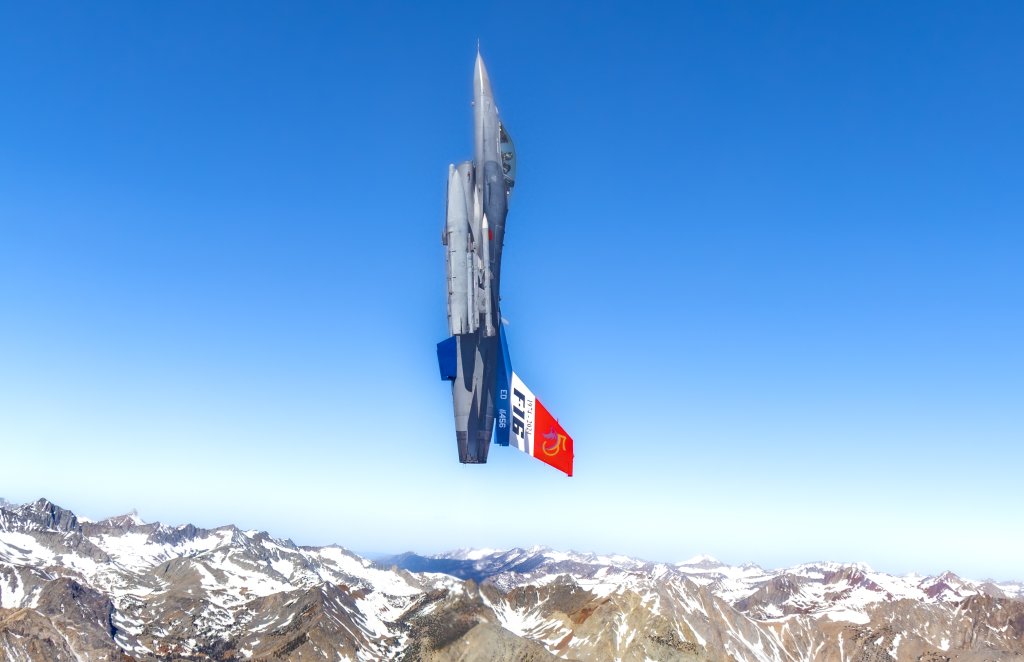
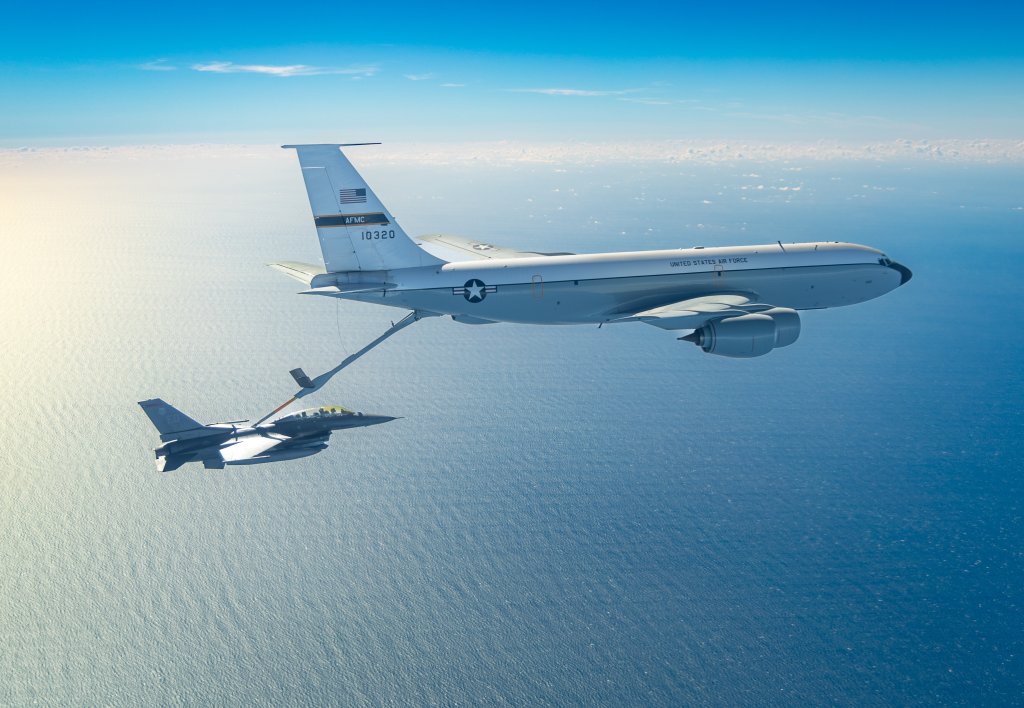
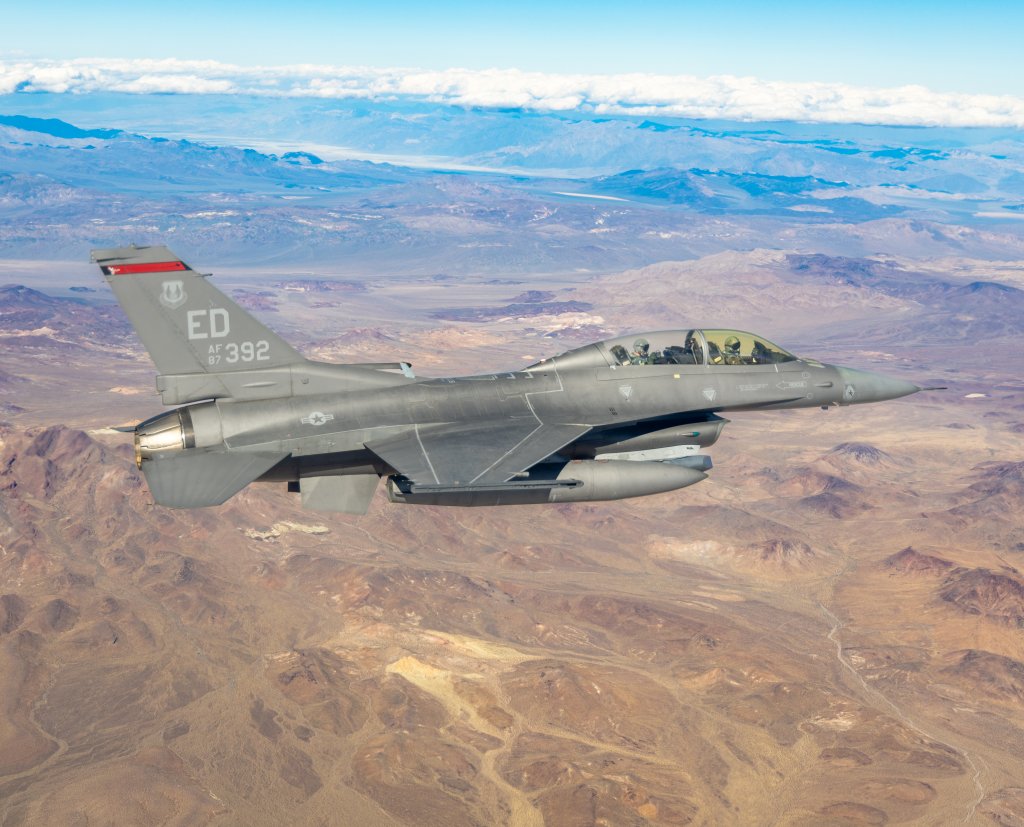
TWZ: Something a little bit more, I’d say, unique to probably each one of you. What’s your favorite camera ship [aircraft to take pictures from]? There’s got to be one that you like the most to jump into.
CT: I think we probably all have the same one as our primary aircraft is the F-16.
I mean, here at Edwards, we only have a handful anyway. The F-16 is the most dynamic. It allows us to stay up the longest. It has aerial refueling capabilities that the T-38 doesn’t. The T-38 is great for those shorter missions and a little less desirable for some of the test programs around here. So sometimes it’s available more often. So when the F-16 is not available, it’s great to have something else to choose from. And then the third chase ship that we have here is the C-12 [the military version of the King Air turboprop business aircraft]. That allows us to chase something slower like a C-17, do an airdrop or something like that. It just allows us to have different dynamics than you get out of an F-16, which can’t fly that slow. Or when they have the door open, do an airdrop out of the C-17. But then there’s still, I mean, the C-17 in and of itself is a great airplane. Their airdrop mission is like no other, and it’s really unique. And we get to see a lot of great things from the C-17. That high-speed video stuff going out the back is a once-in-a-lifetime opportunity to have that stuff rushing by you as it’s yanked out the back with a parachute.
TWZ: You also have the KC-135s. You go up there for refueling and that sort of thing too right?
CT: Yeah, KC-135. KC-10 occasionally, but it’s unfortunately going away and we don’t have any of those located here. But yeah, if we’re doing a photo chase mission or a photo mission that they’re refueling, we hope it’s a KC-135 over a KC-46 just based on the fact that there’s a window.
TWZ: You guys are working out of Edwards with the ‘tip of the spear’ of flight tests in the world. The most advanced stuff on the planet in aviation is happening in your backyard. In some cases, you see technology that a very small number of people probably even know exists. And I know you can’t talk about it directly, but what is it like being able to capture, and ply your trade with something that’s so exclusive that the public may never know it ever existed? It’s a unique thing. And I’m sure this is another challenging part of the mission because some of the stuff you do is very sensitive and you have to deal with it probably in a certain way as far as post-production and everything else. So is there anything you can say about that part of your world?
CT: Yeah, I mean, to me, it’s an honor and a privilege to be able to see stuff that… may never have their moment in the spotlight. But it also creates unique challenges because I don’t get to go home and tell my wife what I did every day sometimes, right? I mean, it’s few and far between, but there are days that I’m like, “Man, I really wish I could tell somebody what I did.” But unfortunately, that’s part of the job.
RG: I would just say that it’s the same thing that Christian said. This job is an honor and a privilege, very, very much a privilege to be able to do something like this and support the Air Force in this way.
TWZ: Are you guys aviation photography nerds? My point being, do you go and check stuff out on the internet and see what people are shooting? Are you into that side of it or is it just more like, “Hey, it’s work, it’s cool, but it’s not my primary interest in life?”
CT: I mean, definitely we’re all at different levels on that. We’ll wait for Todd. He’s our resident aviation nerd along with the trains and other things that he is interested in. But I, for one, have enjoyed going to air shows since I was a kid. I had a dream of being a pilot and then logistics. My parents were kind of like, “Hey, maybe you don’t want to be away from your family for that long and maybe you should think about doing something else.” And so that just kind of went away. And then when I found out about this job, it reinvigorated that flame. And absolutely, my Instagram is chock-full of aviation pages and reading articles from your publication and others, just seeing what else is out there, because we don’t have it all here obviously, right? There’s stuff that even we don’t get to see. So it just provides unique aspects that we get to see.
But yeah, absolutely, I love checking out all the cool stuff that other people are doing. And I don’t know if I’m getting too far ahead, but there’s other stuff [done by] other people [that has] influenced my work and there’s been certain opportunities that I’ve had that I’m like, “Man, that is a unique thing that I haven’t done yet. What are other people doing that I can mimic?” Or “How do I go into the shoot to ensure that I’m not ruining this once of lifetime opportunity?” And so, just making sure that I am at the top of my game in order to make sure I’m best performing the job so the Air Force is in the best light.
TS: Thanks to social media and so forth, most of us are linked up with other photographers who do this exact same thing. It’s very rewarding to nerd out and look at what they’ve done. On the other hand, it can be just as aggravating because you’re trying to figure out when you see something you really like, it’s probably because you’re not sure how they did it. And if they won’t, sometimes they’ll tell you sometimes they’re hard to reach. But if it’s 3:00 A.M., it is just aggravating that there’s nobody to ask and you want to know. It keeps it interesting and yes, it’s that immediacy of the internet that I think inspires us all day-to-day. It is very common for photographers to come into the office and say, “Look, this is what I found online last night. How did they do that?” And we have those discussions all the time.
RG: I would say that I didn’t really know a whole lot about aviation before arriving here at Edwards. I had no particular interest in it, it just happened to be the job. As time went on, as I was exposed to all the platforms we have here at Edwards, the more the love and the passion for aviation kind of grew on me, as to now where, same thing as Christian Turner, you flip open my Instagram page and there’s a lot of airplanes and a lot of cool stuff happening. And yeah, the same thing as Todd said. You see some of your favorite air photographers posting some really cool stuff that kind of makes you scratch your head and be like, “How are they doing that?” And in turn, it kind of makes you want to try those ideas out and come back with something cool like that.
Richard Gonzales’ picks for his top three photos:
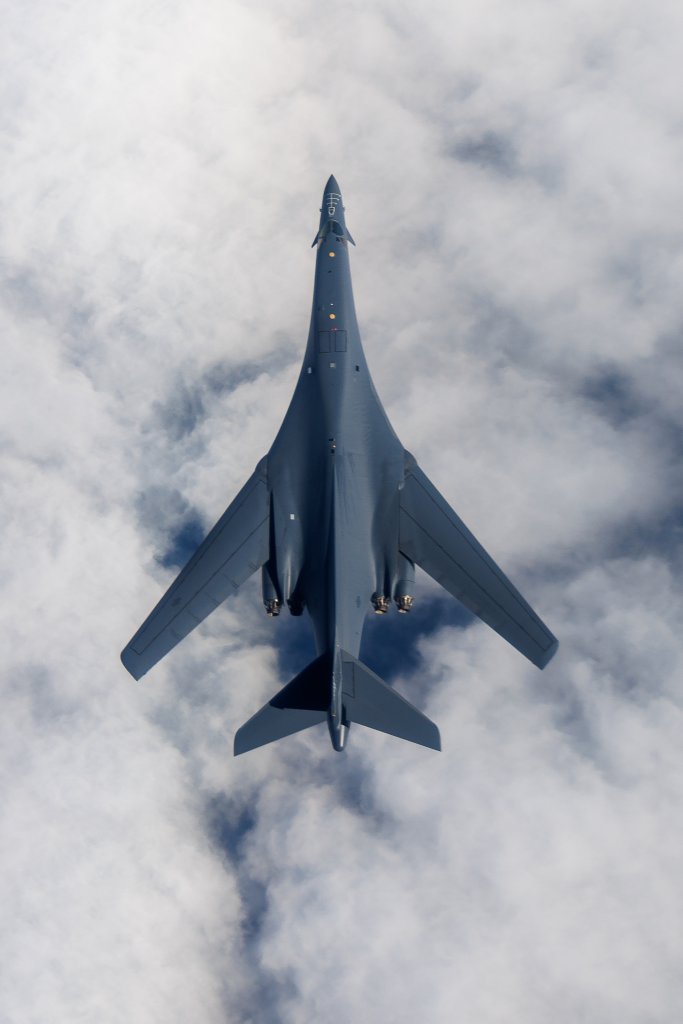
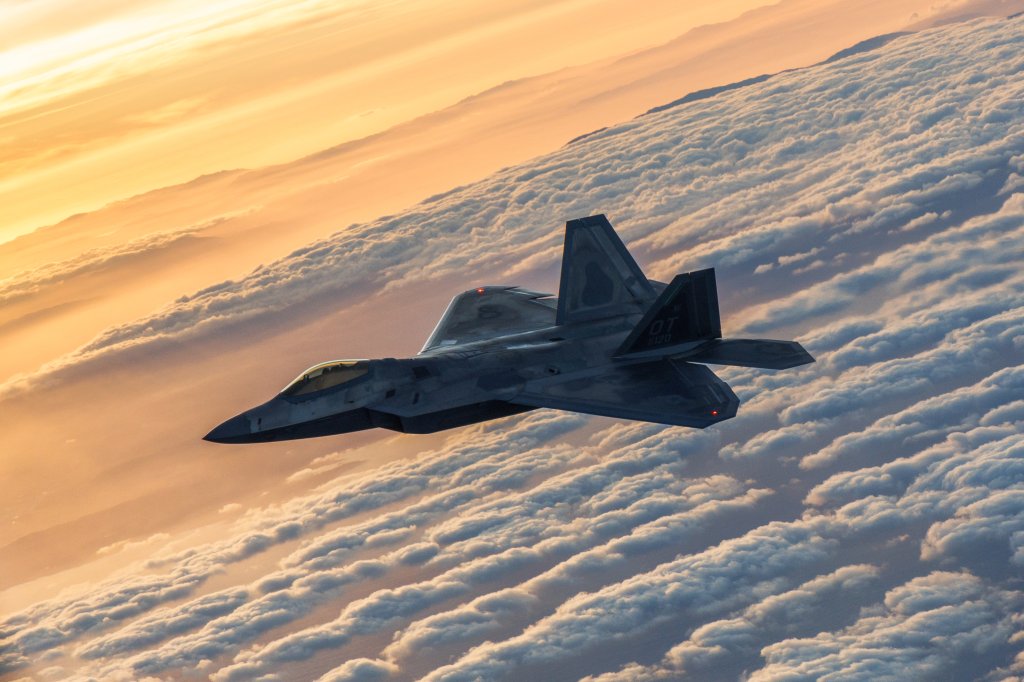
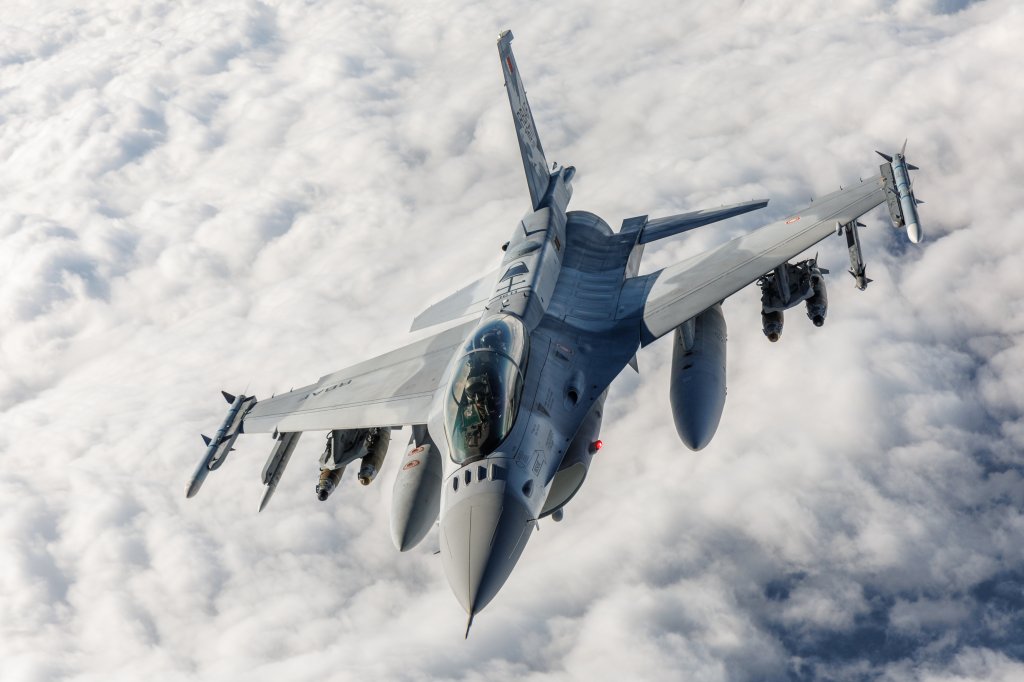
TWZ: What is your favorite subject [aircraft] you’ve shot? Out of all the stuff that’s going on out there since you’ve been around, what was the one that you liked the most to shoot? We all kind of have our favorites, right?
CT: I would say the B-2. I mean, it’s the flying wing. You can’t get anything more unique than that. And well, I mean, now you have other airplanes out there that look exactly like it, but the B-2 has all along been my favorite airplane to chase. It’s tough to spot when it’s out there. It’s flat… but when it turns and it provides some of that wing, you’re like, “Oh, there it is.” And it just makes me get so excited being able to know that “Yeah, that’s what we’re gonna be chasing today.”
RG: I would say the F-15, the Strike Eagle. I don’t know. There is something about its design, the way it looks, the way it kind of flies around. I love seeing it right next to, and taking pictures of it from, the F-16. It’s one of my favorites.
TS: I really like the F-16, especially when it’s clean. It’s a very smart-looking jet. Wonderful to photograph. It’s my favorite, far and away.
TWZ: What was your most memorable mission you’ve had doing this crazy job? There’s got to have been one that you got out of the cockpit and you were like, “Wow, that was wild. That was awesome.” Or “That was scary as hell.” Is there one that really stands out for each of you?
CT: I can go first again. It was when I was chasing a B-2. We’re out there doing a test mission and then it just, happened… There happened to be a KC-10 in the area. So like, “Hey, we’re gonna go get some plugs ’cause they need a proficiency.” And so they went and got some plugs on the airplane. And lo and behold there was a couple F-16s and an F-35 and there wound up being seven airplanes up in the sky at once. So I was able to capture that, Edwards in the background and flying over the mountains. It was definitely a unique day and when I got out of the airplane, I was like, “Man, that is a once-in-a-lifetime opportunity. I’m never going to get that many airplanes in the sky by happenstance.”
I love that aspect of it because it’s just so busy in our airspace. And everybody’s working together to just complete the mission. We were just sitting on the wing waiting for the other airplanes to get gas because the F-35 owned the tanker for the day and we were just waiting until they were done so we could go get some proficiency plugs.
RG: I’m trying to decide which moment. I think I’d probably just speak to something recent. I got to fly in a KC-135 for a training mission and got to shoot the F-22 as the sun was rising from the boom station and just the light and the environment that we were in, it just created some awesome imagery. And it’s one of my favorites recently.
TWZ: I mean, you guys have the great light down there in the desert, that’s for sure. Todd, do you want to finish?
TS: Yeah. For me it was a mission, a photographer taking photos of a photographer taking photos of a test subject. Another photographer and I both ended up by happenstance on the same mission. This never ever happened. There wasn’t particularly a need. There were just two F-16D models available. We filled them up. The other photographer was closer to the subject, so he was taking care of the test and I was taking photos of the overall situation. Beautiful day, went out to see over the sea test range, fantastic clouds, which we hardly ever see at Edwards. And there I was taking photos of one of my co-workers doing their job. And as the lead photographer, that’s kind of a big deal to me to see that we can in some way get the word out about what we do to feature ourselves. And I’m always trying to make sure people get credit out there online for the photos that they’ve taken. I’ll call out my co-workers in the comments and such. So that sort of meta experience of a photographer taking photos of another aerial photographer made for a very memorable day for me.

TWZ: What equipment do you use? Are there pods too that you’ve adapted?
RG: So for what we’re doing over here, we use mostly Canon mirrorless cameras, specifically the Canon EOS R3 with a 24-105mm f4 lens. As far as our actual video cameras, we use a RED cinema camera. And for even better high-speed, even slower stuff, we occasionally use Phantoms as well.
TWZ: And that gives you the high-speed ability?
CT: Yeah, even the RED gives us the ability to go up to 240 [frames per second], right?
Yeah, so we have that, it’s a DSM-C2 body, so you know, an older body, and then yeah, the Phantom is the Miro LC-320s, so it was the last one that they made with the screen attached to it, because that’s important for us, for using the high-speed video cameras like that. We need a screen on board so we don’t have to plug it into a laptop, because a small cockpit like that, we need it all-encompassing. So they don’t make those anymore. Those are older cameras, and we’re actually looking for replacements as we speak.
TS: And it should be noted, we’re deeply into the Nikon ecosystem as well. Throwing that out there… We’ve got access to gimbals sometimes in our toolbox. What else? It’s a very broad range… We use whatever’s best for the given job.
CT: Yeah. We had the opportunity to use the GSS gimbal, the 516, and that was quite a unique experience being able to use a gimbal like that to track stuff coming out the back of a C-17.
TWZ: Fully stabilized and all that, right?
CT: Yep. We just have a laptop controller, and just, you know, pan tilting right there, and get a second person doing the focus and zoom with his controller.
TWZ: What about the GoPro? I mean, now you’ve got 360 GoPro. You can get it all at once.
CT: Yeah, we have a plethora of GoPros. We also have the 360 GoPros in our toolbox as well. You know, you can’t do a photography job anymore without the throwaway cameras if you will, right?

TWZ: Final question. I’ve never seen Edwards get hit with this much testing at one time ever. I’ve never seen major programs, not smaller stuff, which all need support, like the B-21 and T-7. How are you guys adapting to that heavier workload and are you growing your team to meet it?
CT: I mean, it goes back to what I said earlier about flexibility, just ensuring that we are flexible and able to adapt our schedules if we need to the workload. We work closely with the government side of the house because, you know, we have a contract here to make sure that we are performing all of our job duties and so we work closely with the government in order to make sure that those needs are met for the future. We are in on the planning portion of a lot of this and then the government decides on the requirements they need from us. So, yeah, we have to adapt our team accordingly as to how many aerial photographers we have versus ground photographers and that changes every time you get a new contract.
TWZ: How many do you have?
CT: Currently our team sits at 18 people, that’s ground and aerial photographers. We do audio as well.
So, with live stream capabilities, our admin on top of that, and our property department, we have quite a few people that it takes to run this back shop, you know, including a media archivist, for the history office aspect of it. We digitize a decent amount of their old film and Betacam, DVCAM, all that, in order to put that so that you can utilize it and just put it on a hard drive and go pull it up instead of having to put it in a tape player… It’s absolutely crazy the amount of tapes they have in our AFTC history office here.
A huge thank you to Chase Kohler of the 412th Test Wing Public Affairs Office for all his help and patience in facilitating this feature.
Contact the author: tyler@twz.com
